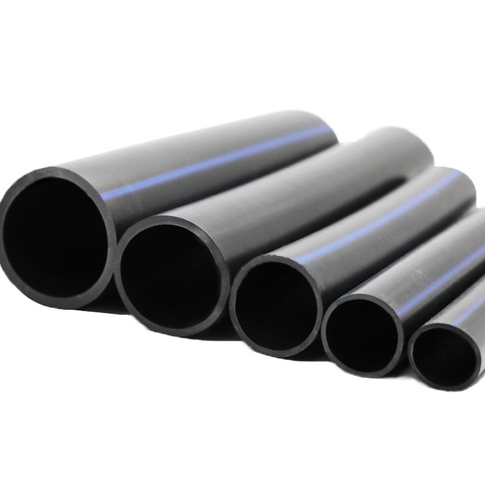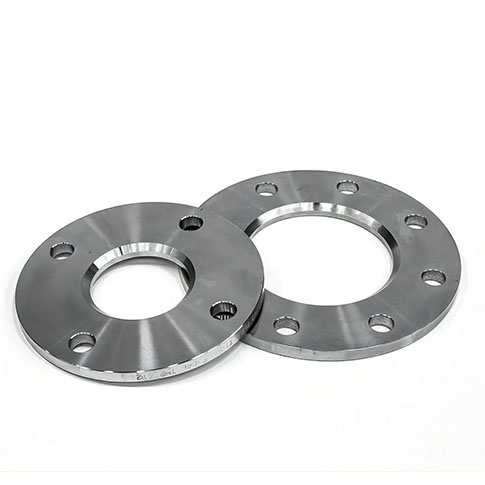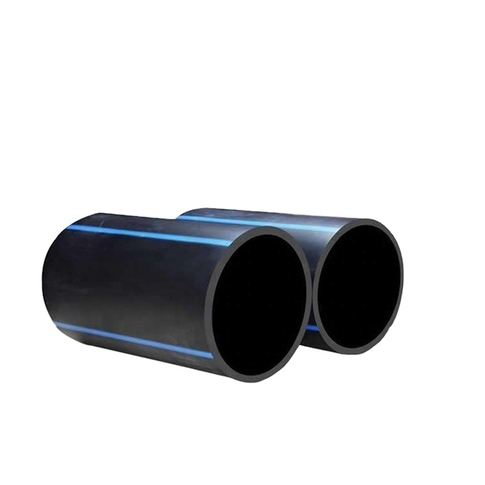21
Sep
Measures To Resist Penetration Of HDPE Water Supply Pipes
The service life of HDPE water supply pipes is about 50-70 years. Due to various damage factors, the pipe mouth will crack or even the pipe or ancillary structures will be damaged, and the amount of penetration will be greatly increased. Groundwater seeping into HDPE water supply pipelines will increase the transportation, lifting and treatment volume of sewage, resulting in higher project investment and operating costs. Therefore, under economically feasible conditions, groundwater penetration of HDPE water supply pipes should be reduced as much as possible.
When selecting HDPE water supply pipes, all pipes and fittings need to comply with the design drawings and specified product material requirements. It is required that the factory product certificate and related information of the pipe are complete, and it can be used only after passing the inspection. Before pipeline transportation and after transportation to the site, inspection and acceptance should be carried out one by one according to standards. Check the inner surface, outer surface and joints of pipes and fittings. The quality should meet the requirements and there should be no signs of damage.
The appearance of the rubber ring should be free of bubbles, cracks, wrinkles and deformation, and contact with aromatic solvents should be avoided during storage. Pipes and fittings found to have quality problems should be returned. Flexible interfaces are currently available for both reinforced concrete pipes and plastic pipes. In order to reduce the leakage of flexible interface pipes, you can consider the selection of interface rubber rings, the application of rubber strips, and improving the anti-seepage sealing quality of the rubber rings.
There are two types of rubber rings commonly used in HDPE water supply pipes: rolling rubber rings and sliding rubber rings. The rolling rubber rings commonly use O-shaped cross-section rubber rings. However, it is easy to roll and twist at the socket end during installation, which affects the sealing performance of the interface. Generally speaking, sliding rubber rings are better than rolling rubber rings.
The rubber strip will expand when exposed to water. Compared with ordinary rubber rings, it can contact more irregular surfaces and gaps in concrete pipe joints, so it has strong anti-leakage ability. But the price is more than twice that of ordinary rubber rings. In addition, compared with conventional rubber waterstops, rubber strips have certain gaps in performance such as aging resistance, tensile strength, and embrittlement temperature when heated.






